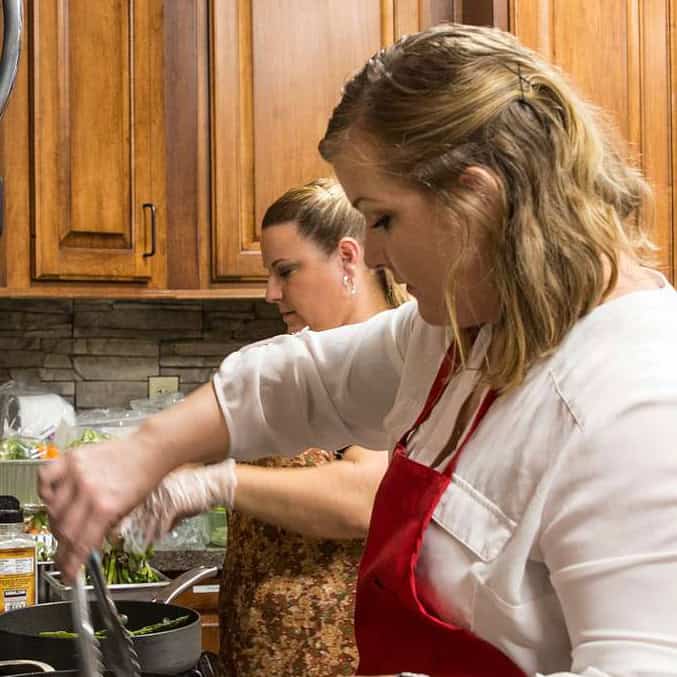Spring has officially sprung. Now that the last frost is (hopefully) behind us, it’s time to start thinking ahead about gardening season. If you’ve always had an interest in growing your own vegetables, but you’ve never really gotten around to it — this is the year!
Eating the flavorful fruits (and veggies) of your labor is intensely satisfying. It can also help achieve a healthier plant-based diet without breaking the bank at the market. Here are a few tips for jump starting a vegetable garden of your own.
Start Small
One of the biggest mistakes of newbie gardeners is over-enthusiasm about size. Before converting half a backyard into garden beds, hone your skills on one small area. It’s much better to get results from a small garden than to spread your resources too thin on larger areas. Another hazard of over-planting is surplus – you could end up with more squash, for example, than you can possibly consume. Zucchini bread is great, but in moderation!
Start Easy
When choosing what to grow, let level of difficulty be your guide — at least in the beginning. Not all vegetables are equally eager to grow, so start with the ones that are known for being hardy and forgiving for novice gardeners.
On the easy end of the scale are root vegetables like carrots, radishes and turnips. As it turns out, a few basic salad fixins all fall under the “easy” category: grow leafy microgreens, tomatoes, and cucumbers and toss them all together for a homegrown salad. Green beans and zucchini are also newcomer-friendly to grow. Tougher crops to avoid during your first growing season are cauliflower, celery, eggplant, artichoke and onions.
Seek Sun
As with so many things, gardening is all about location, location, location. Find the sunniest real estate available for you to work with, and stick to that space. Vegetables are natural sunbathers, requiring a very minimum of six hours of full, direct sunlight each day — preferably eight.
So, how can you gauge how much sun your garden patch receives? Take note of what time the sunlight first reaches it in the morning, and note again when it falls into the shade in the evening. Subtract how much cloud coverage you tend to see per day in your specific climate.
Treat your Soil
Before you can start fawning over seedlings and nurturing them to full size, your soil needs a little love first. Tilling the soil and enriching it with compost is a good place to start, but oftentimes soil needs an even bigger boost.
To achieve a loamy, well-drained soil where vegetables thrive, consider testing its pH balance. Find fertilizers or natural alternatives for making sure the soil has enough of the three essentials: nitrogen, potassium, and phosphorus. Mix in organic matter like dried grass clippings, wood ashes and decaying leaves to add extra nutrients and microbial activity to the dirt.
Know When to Water
Another common blooper of novice gardeners is to over-water. It’s quite possible get overzealous and kill plants with kindness. Yes, vegetable plants are needy in the early seedling stage. Seedlings’ soil should be kept moist by watering daily. New transplants also need special watering attention approximately every other day.
As vegetables grow, it usually helps them to dry out a bit between waterings. They’ll let you know when they need to be watered – give them a slow, deep watering at the first signs of wilting. Frequency will depend on your climate’s humidity and rainfall. Tip: water in the early morning or evening to avoid evaporation during the heat of the day.
Stick With It
Vegetable gardening takes a lot of patience and a lot of practice, so hang in there and don’t get frustrated if a crop doesn’t turn out as planned. If you start with basic, easy vegetable varieties, you’ll almost always have something to harvest and eat — and lessons learned for next year!

Hello, I am Cristy. I love cooking but what I love most is keeping my kitchen tools and appliances top notch. I enjoy writing about everything I have learned around the kitchen. I believe that keeping your kitchen tools well cleaned and maintained produces the best dishes and drinks. Besides writing and cooking I enjoy traveling, camping, hiking and music.
